Tree Trimming for Enhanced Landscape Aesthetics
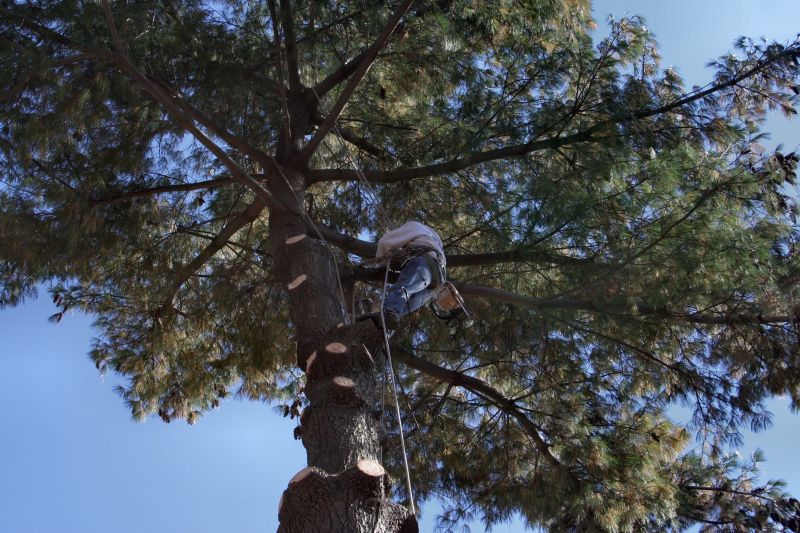
Arborists carefully prune branches to shape the tree and promote healthy growth.
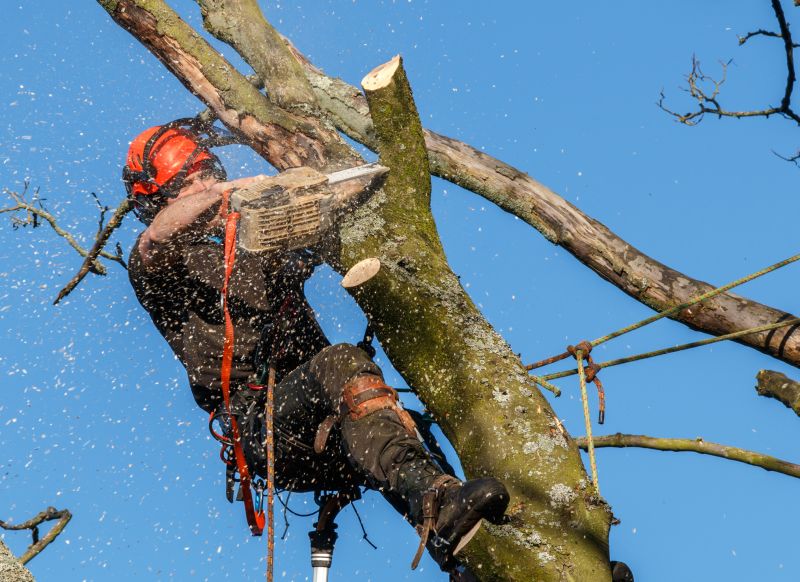
Dead or diseased branches are safely removed to prevent hazards and improve tree health.
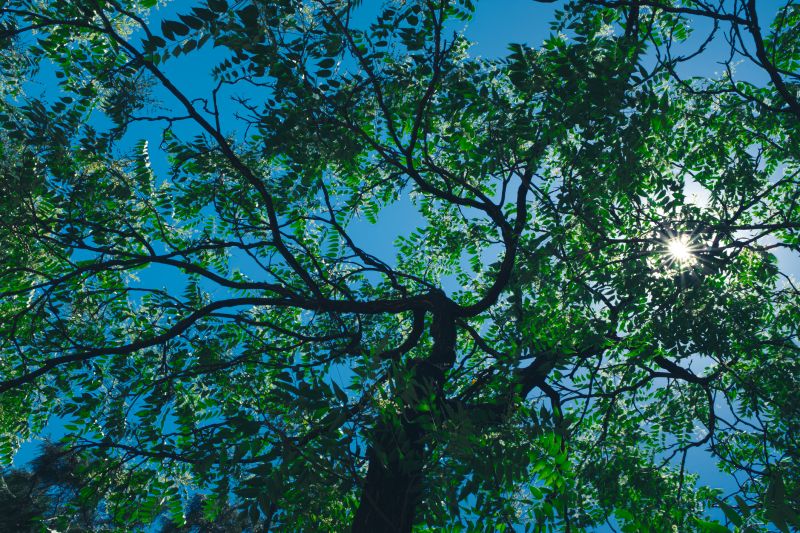
Selective thinning improves air flow and light penetration within the canopy.
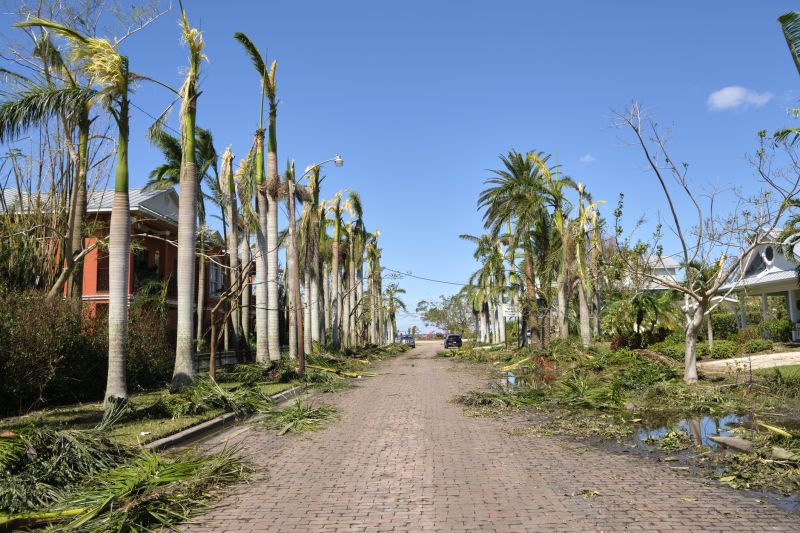
Trimming after storms helps remove broken or hazardous limbs.
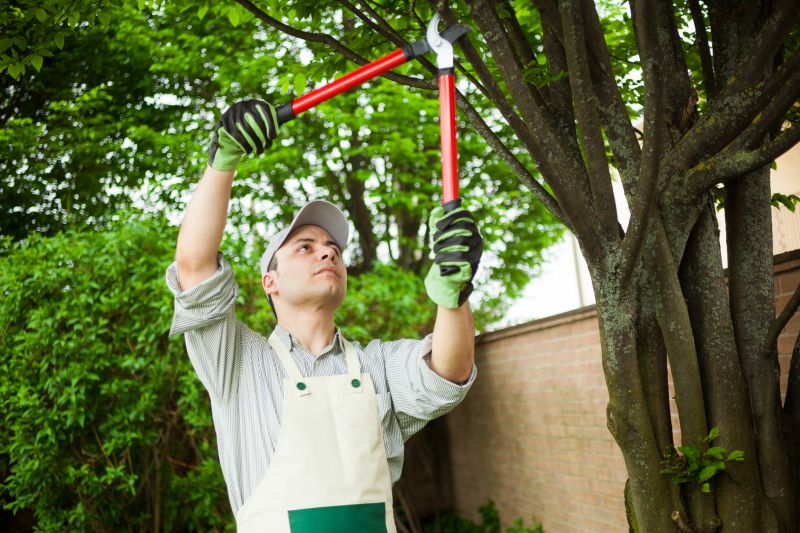
Professional shaping enhances the natural form and aesthetic of the tree.
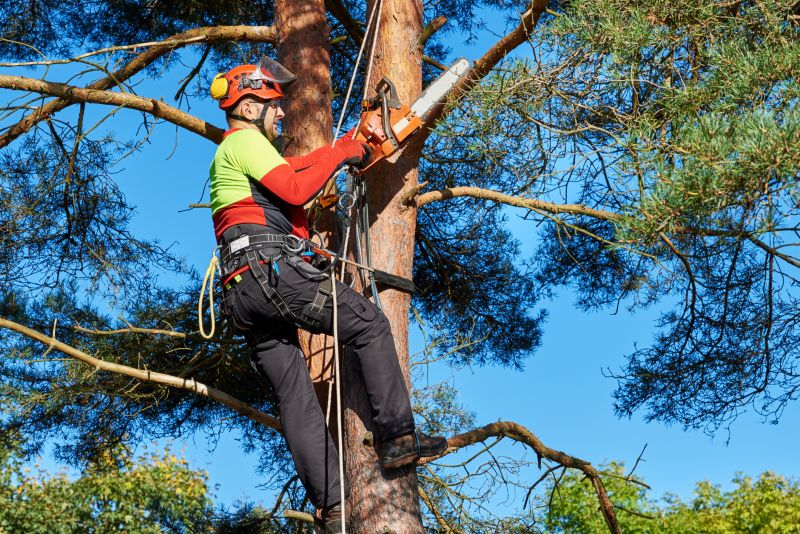
Specialized tools ensure precise and safe trimming of tall or difficult trees.
| Benefit | Description |
|---|---|
| Improved Tree Health | Removing diseased or dead branches promotes overall vitality. |
| Enhanced Safety | Reduces the risk of falling limbs that could cause injury or property damage. |
| Aesthetic Appeal | Maintains a neat and attractive landscape appearance. |
| Increased Sunlight Access | Pruning allows more sunlight to reach lower plants and grass. |
| Better Air Circulation | Reduces pest and disease problems by improving airflow. |
| Property Value | Well-maintained trees enhance the property's curb appeal. |

Modern tools enable precise and safe trimming of various tree sizes.

Professional arborists use specialized climbing gear for complex trimming jobs.
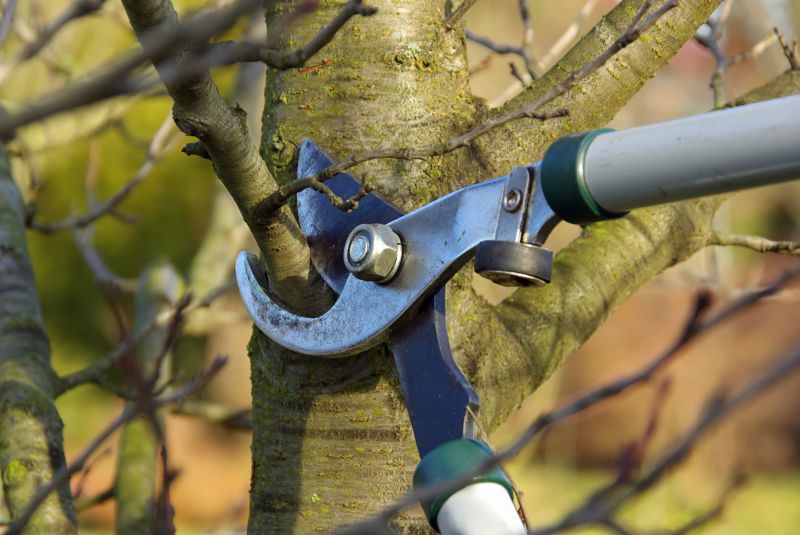
Assessing tree condition to determine necessary trimming actions.
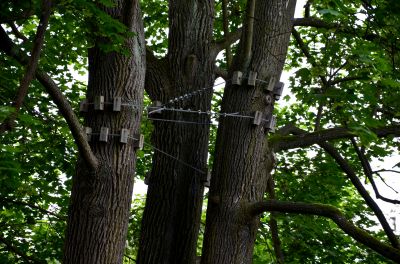
Supporting weak branches to prevent failure during storms.
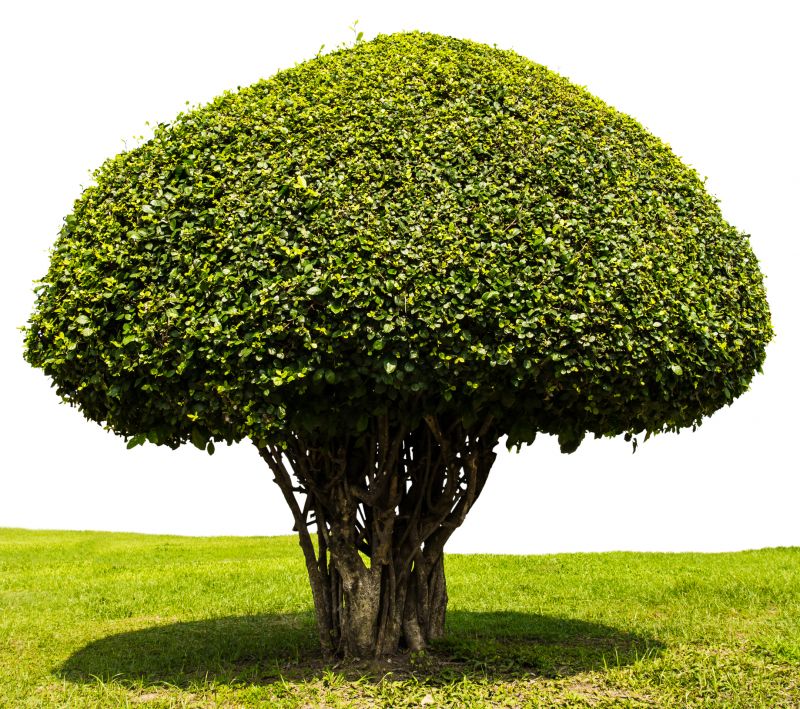
Creating a balanced and natural appearance through expert trimming.
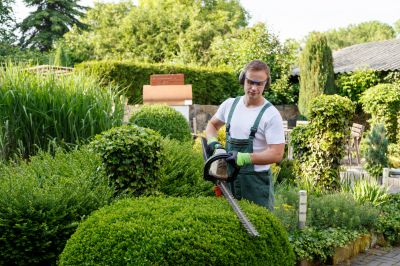
Removing debris to keep the landscape tidy and safe.
Role of Arborists in Tree Trimming
Arborists are trained professionals specializing in the care and maintenance of trees. They assess the health and structure of trees to determine the most appropriate trimming methods. Using their expertise, arborists prune, shape, and support trees to ensure safety and longevity. They understand the biology of trees and apply techniques that promote healthy growth while minimizing harm. Arborists also identify signs of disease or pests that may require specialized treatment. Their knowledge of local species and conditions allows them to recommend the best practices for each tree. Skilled arborists utilize advanced equipment and techniques to perform precise trimming, especially for tall or complex trees. Their role is vital in maintaining the safety, health, and aesthetic value of trees within the landscape.

Arborists use specialized climbing gear for precise trimming of tall trees.
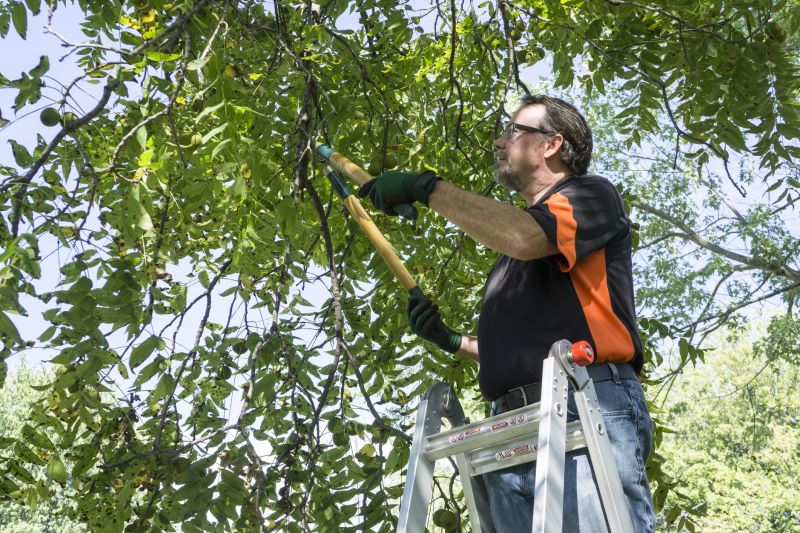
Assessing tree health to determine necessary pruning and care.

Utilizing advanced tools for safe and effective tree maintenance.
Engaging an arborist for tree trimming offers numerous advantages, including expert knowledge and safety. Their ability to evaluate tree health and structural integrity ensures that trimming is performed appropriately. Arborists can identify potential hazards and implement strategies to mitigate risks. Proper trimming by a professional can prevent costly damages and promote healthier growth. Their specialized skills help maintain the aesthetic appeal of trees while preserving their natural form. With their experience, arborists can handle complex trimming tasks that may be unsafe for untrained individuals. Choosing a qualified arborist ensures that trees are cared for responsibly and effectively, resulting in a safer and more attractive landscape.
